Meta wants to pass the 'Visual Turing Test' with their new VR headsets
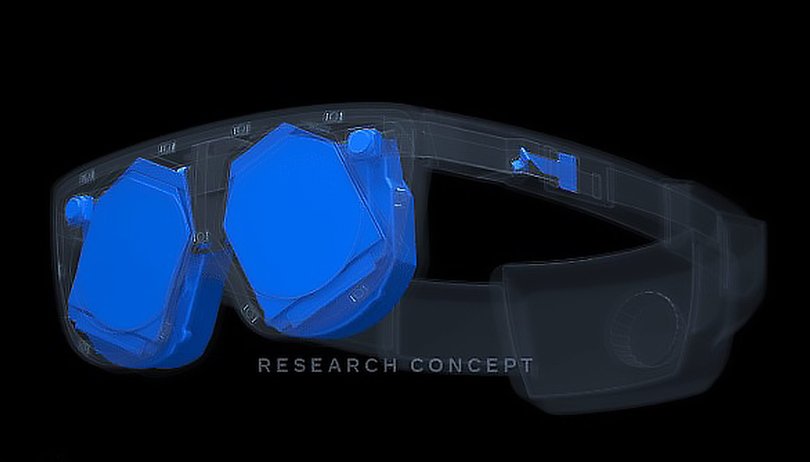

Today, Meta's very own CEO Mark Zuckerberg partially revealed the set of virtual reality headsets that leaked last month. It includes the actual prototypes of Butterscotch, Half Dome, Starburst, and Holocake 2 as well as the upcoming Project Cambria. And for the first time, the futuristic concept of Mirror Lake has also been teased.
TL;DR
- Meta teases four prototype headsets that each showcase broad VR advances.
- Meta's aim is to create a device that is capable of producing ultra-realistic graphics.
- Project Cambria is a successor to the Oculus Quest 2 that will be launched in 2022.
Unlike the current Oculus Quest 2 and the anticipated Project Cambria MR (mixed reality) headsets slated later this year, the four prototype headsets are aimed to bring hyper or ultra-realistic graphics through VR. In a virtual press briefing, Zuckerberg spoke about eventually passing the 'Visual Turing Test'. Analog to the Turing Test, where a person cannot distinguish whether they're talking to a human or a machine, passing the Visual Turing Test means that you would not be able to distinguish the picture quality from VR glasses from the real world.
All four headsets are nowhere near ready for consumers. What the company demonstrated are the exciting technologies accompanied by these devices before they are ready for Metaverse.
Butterscotch with Retinal Resolution
The first VR headset mentioned is Butterscotch. It looks like a bare Oculus Quest 2, but with the primary purpose to deliver retinal resolution. This means it will be able to display 55 pixels per degree or about 2.5 times the resolution of the current Quest 2. The high resolution will enable users to read the 20/20 line on a virtual eye chart. One caveat is that the field of view is half of the Quest 2's 110 degrees.

Half Dome with varifocal optics and eye-tracking technology
Particularly, the Half Dome is another prototype headset that also resembles a typical VR headset. It is equipped with a varifocal lens and eye tracking technology that tries to solve the problem of focal depth. Half Dome lets users focus on any object at any distance while also minimizing optical distortions through software techniques.

Starburst with HDR
Despite looking like boxy binoculars with a lot of wires and a couple of computer fans, Starburst is definitely looking to be the most interesting prototype. According to Meta, it's the first HDR headset that has been built. The headset's display is rated to have 20,000 nits of brightness in order to achieve very realistic vivid colors comparable to nature's brightness level.
- Don't miss: Apple working on its first AR/VR headset
Holocake 2 and Mirror Lake
Ultimately, Meta's goal is to bring all the above technologies into a thin and portable headset like the Holocake 2. It's a working and polished prototype that uses holographic lenses and supports PC VR games but without the HDR, retinal resolution, and varifocal optics. That's where Mirror Lake comes in. Unfortunately, it's still a concept and Meta has not yet developed an actual prototype of it.
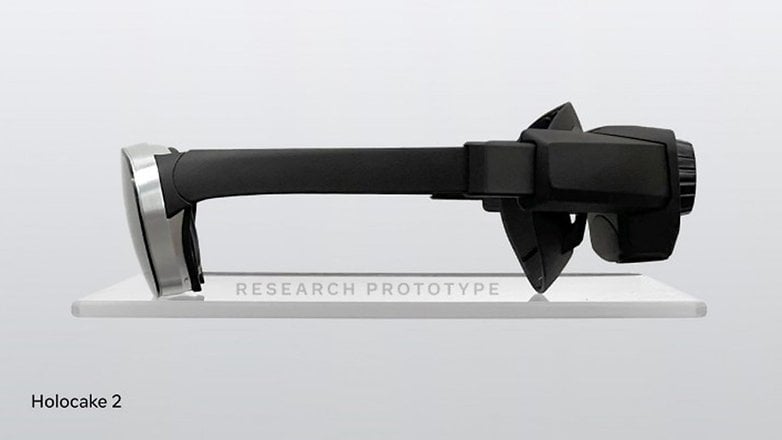
When are these hyperrealistic Meta VR headsets coming?
Until now, there's no definite year on when we can finally see a finished product of one of the prototypes that were revealed. Meta is expected to release Project Cambria first later this year, the successor to Oculus Quest 2. The company has not revealed the full features of the mixed reality headset aside from the improved camera sensors that will be used to allow pass-through graphics like you'd find on AR glasses.
Do you think that people will fully embrace AR/VR in the coming years once graphics are no longer distinguishable from the real world and the 'Visual Turing Test' has been passed? Let us know your answers below.
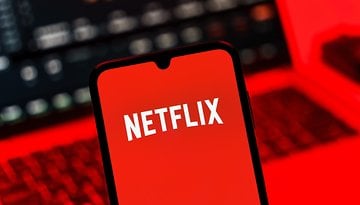
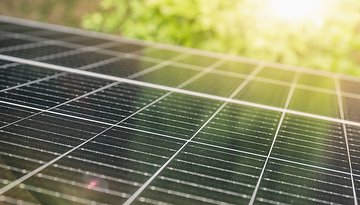






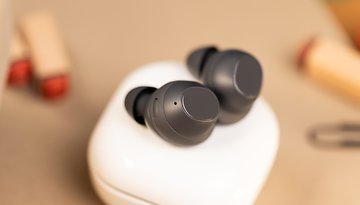


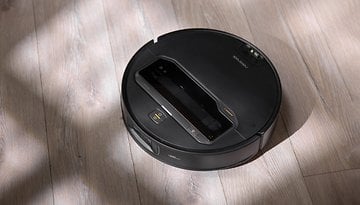


The proposed avatars and purchasable clothing look no better than when Microsoft proposed the same thing 10 and 20 years ago.
Avatars need to do more than just be a way to enable digital consumption which is all 2nd Life proposed before it failed too. Meetings aren't a killer feature. Pandemic gave us real world solutions to that.
So far Meta is proposing backward looking ideas. To succeed, it needs a vision of things we haven't done yet. I think AR has more potential than VR in the near term economy.